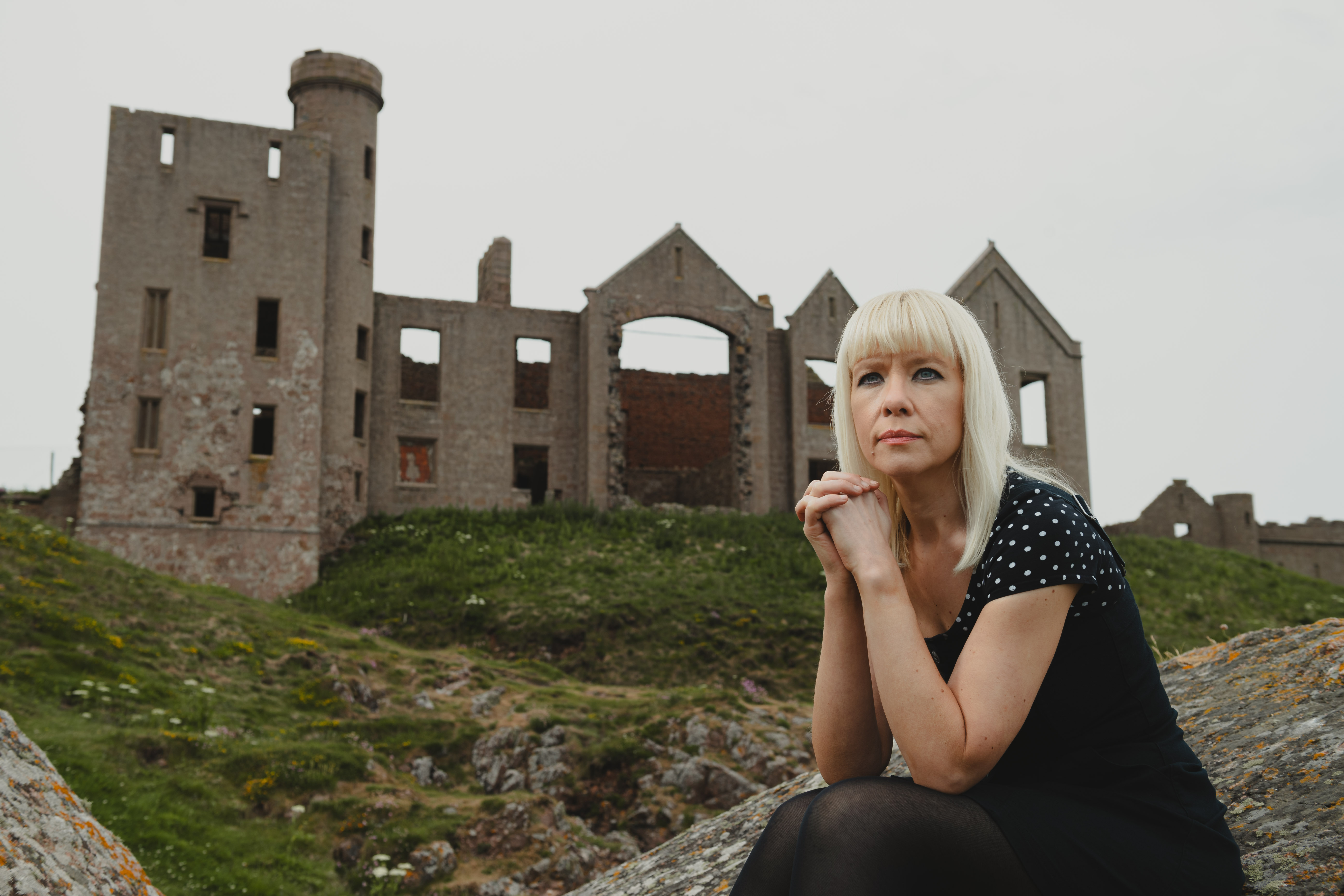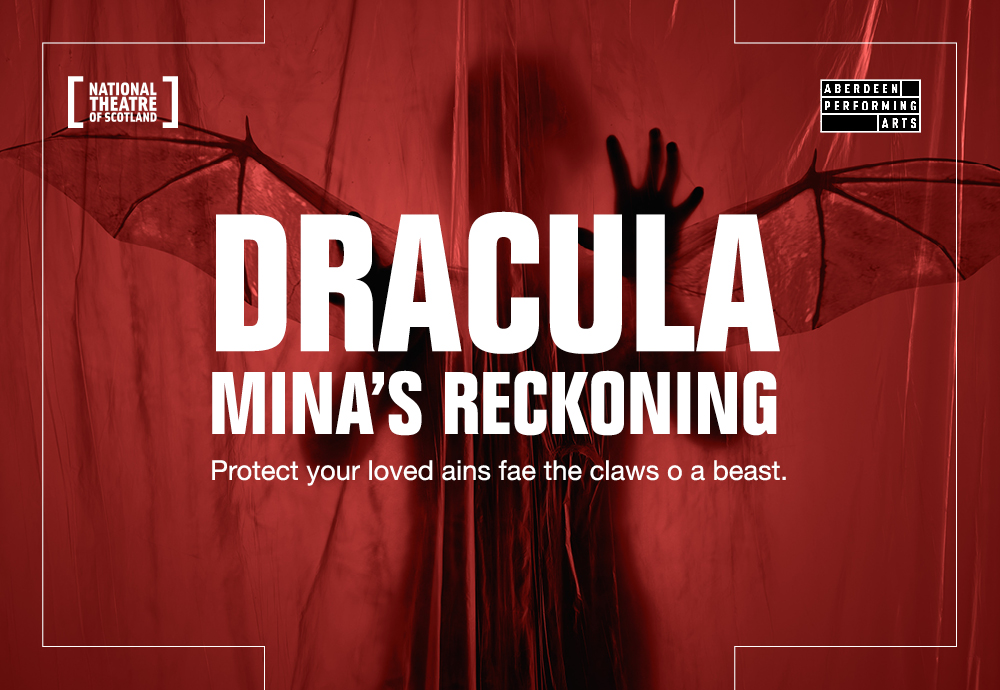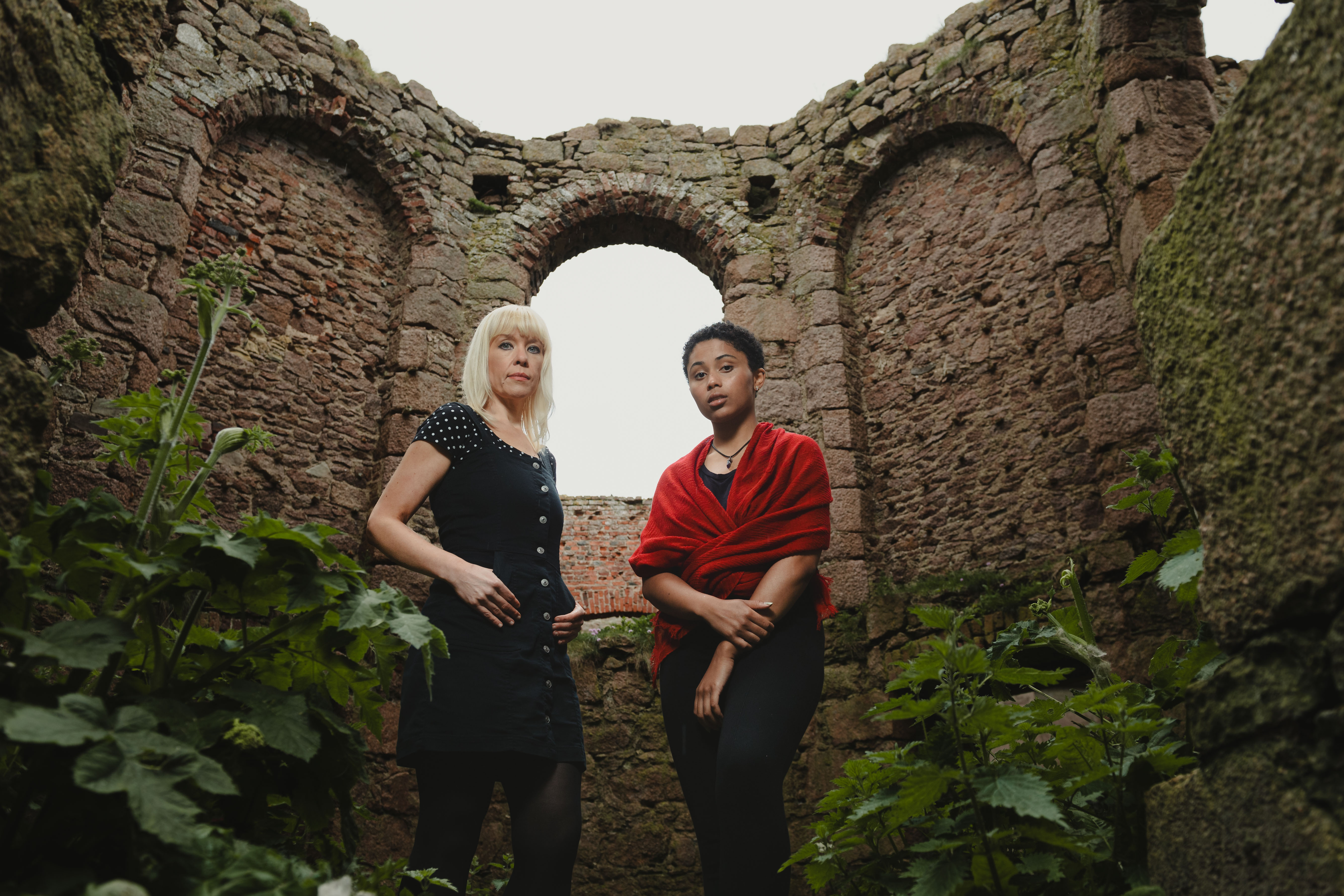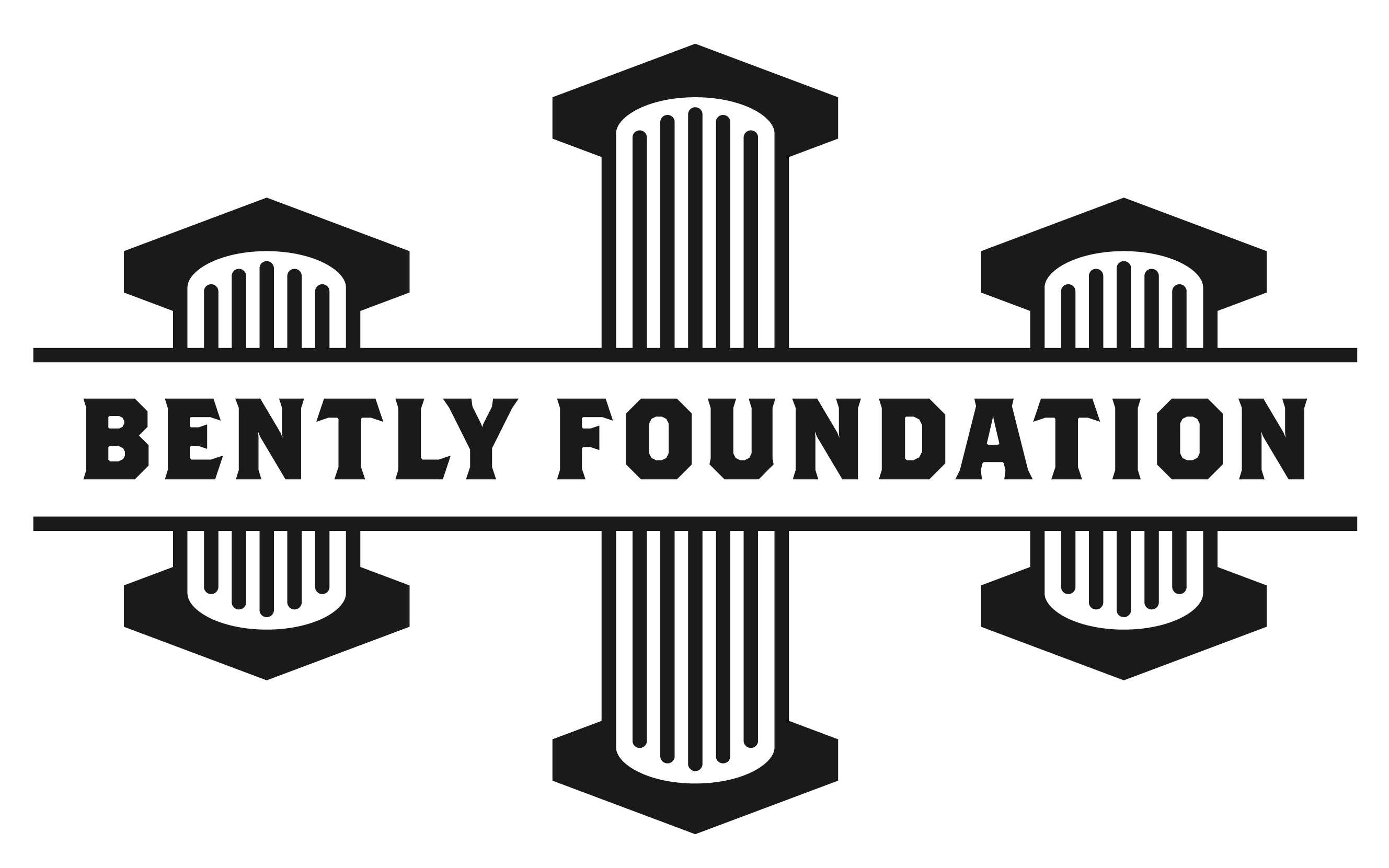
Dracula's Coming Home
Introduction
Aberdeen Performing Arts are thrilled to embark on this exhilarating adventure to bring such great drama to our stages. As key contributors to this extraordinary production, we are delighted that the world premiere will take place at our beautiful His Majesty’s Theatre. Moreover, the captivating story unfolds within Aberdeenshire, further strengthening the region’s profound ties to the iconic Dracula narrative. Get ready to witness an unforgettable fusion of theatrical mastery and historic heritage!
Dracula is coming home... Learn a bit more about how the literature’s most famous creature of the night has his roots not in Transylvania but firmly in Scotland!
The Show
National Theatre of Scotland and Aberdeen Performing Arts in association with Belgrade Theatre, Coventry
DRACULA: MINA’S RECKONING
Protect your loved ains fae the claws o a beast
Under the buzzing lights of a psychiatric hospital in Aberdeenshire in 1897, Mina Murray recounts her encounters with the most terrifying of beasts: Dracula. A throng of patients listen with bated breath as they are transported to a world where immortality and ultimate power is possible, even for women – but with terrible consequences…
Conceived by Morna Pearson and Sally Cookson
Story by Morna Pearson, Sally Cookson and Rosie Kellagher
Additional material devised by The Company
Written by Morna Pearson
Directed by Sally Cookson
2 – 9 September 2023
Important information
Recommended for 14+
Saturday 2, Tuesday 5, & Wednesday 6 are preview performances.
Price
£42 – £12.50
Bram Stoker in Cruden Bay
In 1892, Bram Stoker sought his special place. It had to be in the north of Scotland, preferably on the east coast, and the air bracing (not ever a problem here…). Studying maps, he now knew that it must lie somewhere along the coast between Peterhead and Aberdeen. Accordingly, Bram took the train from London to Peterhead, and walked south. After eight miles he discovered the fishing village of Port Erroll, now called Cruden Bay, and instantly fell in love with the place.
The Irishman and part-time author took his August holidays here from now on, his job as a London theatre manager left behind; holidays where he could also write books – Dracula amongst them.
Read more from historian Mike Shepherd here…
Mike Shepherd is a local author an expert on Slains Castle

Abraham Stoker (1845 - 1912) (Photo by Hulton Archive/Getty Images)

Slains Castle
Slains Castle, also known as New Slains Castle to distinguish it from the nearby Old Slains Castle, is a ruined castle in Aberdeenshire, Scotland. It overlooks the North Sea from its cliff-top site 1 kilometre (0.62 mi) east of Cruden Bay. The core of the castle is a 16th-century tower house, built by the 9th Earl of Erroll. Significant reconstruction of the castle has been carried out a number of times, lastly in 1837 when it was rebuilt as a Scots Baronial mansion. At one time it had three extensive gardens but is now a roofless ruin. The castle is linked with the novels of Bram Stoker, including Dracula.

New Slains Castle circa 1900

New Slains Castle 2023
A female & non-binary view
This version of Dracula is an all female and non-binary production, and in the original novel the females in the book are arguably the most important protagonists… This may not be a surprise as Bram Stoker was heavily influenced by Carmilla by Sheridan Le Fanu in which the main character is female vampire Carmilla.
‘Morna and I when discussing Dracula were keen to reclaim and subvert some of the Gothic genre tropes that see women and marginalised people silenced, constrained and often killed off. Bram Stoker hints all the way through the book at Mina’s awareness and fascination of the ‘Modern woman’ but never allows her to become one, the character of Renfield (patient in the psychiatric hospital) who longs for the power to live freely and forever is violently killed off as indeed is the character of Lucy who is eviscerated by the male characters for becoming a vampire. Don’t get me wrong, the novel is brilliant and provides a terrifying examination of our darkest fears and is why it’s never been out of print since it was first published in 1897, but we wanted to see the story through a different lens and shine a light on some of the inequalities that are still present in contemporary society, hence the casting of women and non binary actors to play all the roles’
Sally Cookson – Director
Did you know?
- The the first person to bring the word “nosferatu” or “vampire” into use in western Europe was Scottish and influenced Stoker.
Emily Gerard, an author born in Jedburgh, Scottish Borders and who lived in Airdrie, North Lanarkshire. She studied and wrote about Transylvanian folklore having married an Austro-Hungarian chevalier, who was stationed in a small town there. Gerard’s collection of Transylvanian myths and legends are known to have influenced Stoker’s Dracula. - Bram Stokers wife Florence Balcombe contributed the recipe for the “Dracula Salad” to a pamphlet sold in aid of Cruden Parish Church.
- It is believed It that Bram Stoker took the name of Dracula’s assistant of RM Renfield from Glasgow’s Renfield Street.
- Bram Stoker worked at the opening night of Edinburgh’s new Lyceum Theater which opened 10 September 1883 with Much Ado About Nothing, performed by the London Lyceum Theatre‘s company which included Manager, Bram Stoker and starred Henry Irving and Ellen Terry.
- Slains Castle in Cruden Bay, and Castle Dracula share one very unusual feature – both have an octagonal hall with no external windows.
- Although Port Errol (Cruden Bay is the place most associated in the North East he also stayed in Gardenstone at the Garden Arms and Whinnyfold, a small hamlet near Cruden Bay
- One of the characters Mina encounters at Whitby speaks in doric implying another local connection!
- Dracula appeared just short of 300 films, making him the most-often portrayed character in film, just ahead of iconic detective Sherlock Holmes.
Jeremy Brett, Christopher Lee, Frank Langella and Richard Roxburgh have played both Sherlock Holmes and Dracula in films.
- The first play version of Dracula occurred before the book was released.
On 18 May 1897 just over a week before the book was published, Stoker put on a performance of Dracula. Adapting plays from unpublished novels was common in Victorian times, as it ensured the author retained dramatic rights to their story.
Location, Location, Location
Three chapters of Dracula are set in Whitby, but it was in Cruden Bay where Bram started writing it, and he probably wrote most of the novel there.
In 1927, Bram’s wife, Florence Stoker, gave a newspaper interview: ‘When he was at work on Dracula, we were all frightened of him. It was up on a lonely part of the east coast of Scotland, and he seemed to get obsessed by the spirit of the thing. There he would sit for hours, like a great bat, perched on the rocks of the shore, or wander alone up and down the sandhills thinking it out.’
That lonely part of the east coast is Cruden Bay beach, which Bram once described this way: ‘If Cruden Bay is to be taken figuratively as a mouth, with the sand hills for soft palate, and the green Hawklaw as the tongue, the rocks which work the extremities are its teeth.’ To the north the rocks of red granite rise jagged and broken…’ And a few pages later he mentions ‘jagged rocks, which seemed like fangs rising from the deep water…’.
By Mike Shepherd. Mike is a local author an expert on Slains Castle
Q&A with Morna Pearson
Morna Pearson is an Elgin-born Edinburgh-based playwright and screenwriter.
Current/Previous work for the National Theatre of Scotland includes Dracula:Mina’s Reckoning,Darklands (part of Interference trilogy), as a co-writer of Rapunzel, and Clearing(Scenes for Survival)
She has been a recipient of the Channel 4 Playwright Scheme and the Meyer-Whitworth Award. Her first short film, I Was Here, gained BAFTA Scotland and EIFF nominations for Best Short Film.She was selected for EIFF Talent Lab 2021.

What made you decide to do a take on a classic like Dracula and why do you think the story has such enduring popularity?
NTS approached me to adapt it and my answer was “hell yes”. I usually have an element of genre in my plays, but this adaptation would allow me to boldly go full horror and it would be my first large scale production.
I’m drawn to dark stories and thought I could contribute a unique version, despite the fact that it is constantly being done in many versions and mediums at any one time. Relocating it geographically was something NTS and I agreed on straight away.
The scale of production and size of cast NTS could offer was very appealing, and with a highly collaborative process – with music, movement and visual design – it would allow for moments of real and satisfying horror, and room for character insight and exploration of themes. I was excited to work with Sally Cookson; to see how she would help explode the story and put it back together in an unique but recognizable way, and I knew working with her would push my writing to places it has never been before.
Mina is so integral to the novel, and is quite often overlooked in adaptations. I wanted to explore her potential and tell the story of Dracula through her eyes.
It is enduring as it is a fertile and layered story, open for a multitude of interpretations, interrogations, and reflections. Every era has its own existential anxiety and questions about power, and Dracula is the perfect vehicle in which to explore them. In recent years, who is allowed to ask these questions has become more diverse, which can especially be seen in the horror genre.
In honouring the horror and the story of Stoker’s novel, we’ve hopefully created a rich, entertaining, and visceral horror for the stage.
How does the North East, and Scotland as a whole, influence your writing for Dracula and the story you are telling in this stage version.
I tend to write where I feel most comfortable, and that is the North-East. Dark humour, coastal landscape, weather, sense of foreboding, and community spirit have influenced this story, and I’d like to think these are characteristics of Scotland as a whole. The play is set in Cruden Bay, Aberdeen, and Transylvania in 1897, so I had to research what these places were like back then.
What do you think it has to say to the current moment/contemporary audiences
The world seems like a different place from when we first talked about doing the adaptation.
We’ve been constantly asking what, why and how, which is important when doing any adaptation. Why we’re telling the story, what parts of the story are we telling, and how are we presenting them. The answers to these questions have evolved as time has gone on. Who has power, who doesn’t have power and why, identity and autonomy are all themes in the play. It asks; what do you do when the world isn’t made for you?
There has been interest lately in maverick Scotswoman Emily Gerard who apparently directly inspired Bram Stoker – has she influenced the play in anyway?
Emily Gerard came to our attention just in the past year. She hasn’t directly influenced the play but her influence on Dracula is very exciting and consolidates the existence of a Scottish female character like Mina at the time; an intelligent, thoughtful young woman who hasn’t a great deal of power, but what she does have she uses wisely, and she’s rebellious and unyielding when she can be. It sounds like Emily and her sisters were able to push boundaries of what was expected of women for the time.
What research did you do on the region’s influence and did writing this play highlight links to the North East you didn’t know about?
I read about Stoker’s time in Cruden Bay. I knew Slain’s was an influence, but I hadn’t appreciated how much, i.e the octagonal room. I visited the castle for the first time this week; it felt very warren-like and oppressive, despite not having a roof!
There is a doric speaking character in the original Dracula, inspired – it’s thought – by Stoker’s time in Cruden Bay, will this be reflected in the play?
Very much so. Mr Swails and Renfield are the main Doric characters, some others use a lighter dialect. They are both characters from the novel that I found endearing and struck me as having great theatrical potential, as well as Mina becoming the main protagonist.
Why did you choose to make this version all female and non-binary?
The actors are all female and non-binary, as are the characters they play in the asylum.
Sally had the idea to frame the story of Dracula within an asylum – as psychiatric hospitals were called then- for women. I’d been writing Renfield as a female character and was drawn to exploring their experience in the asylum from the outset, so the framing device spun from there. Then the play became even more open to interrogate the issues of power, identity and autonomy, which are quite pertinent today.
It sent us on a research mission to Lothian Health Services Archive at Edinburgh University Library, where they have amazing and detailed records and photos of patients of the Royal Edinburgh Hospital during the Victorian era. Those lives I read about helped create the characters that stay at the asylum, and informed the reality of life back then and the real horrors they faced in and out of the hospital.
Videos
Mina Murray (from the novel)
“I am longing to be with you, and by the sea, where we can talk together freely and build our castles in the air.”






